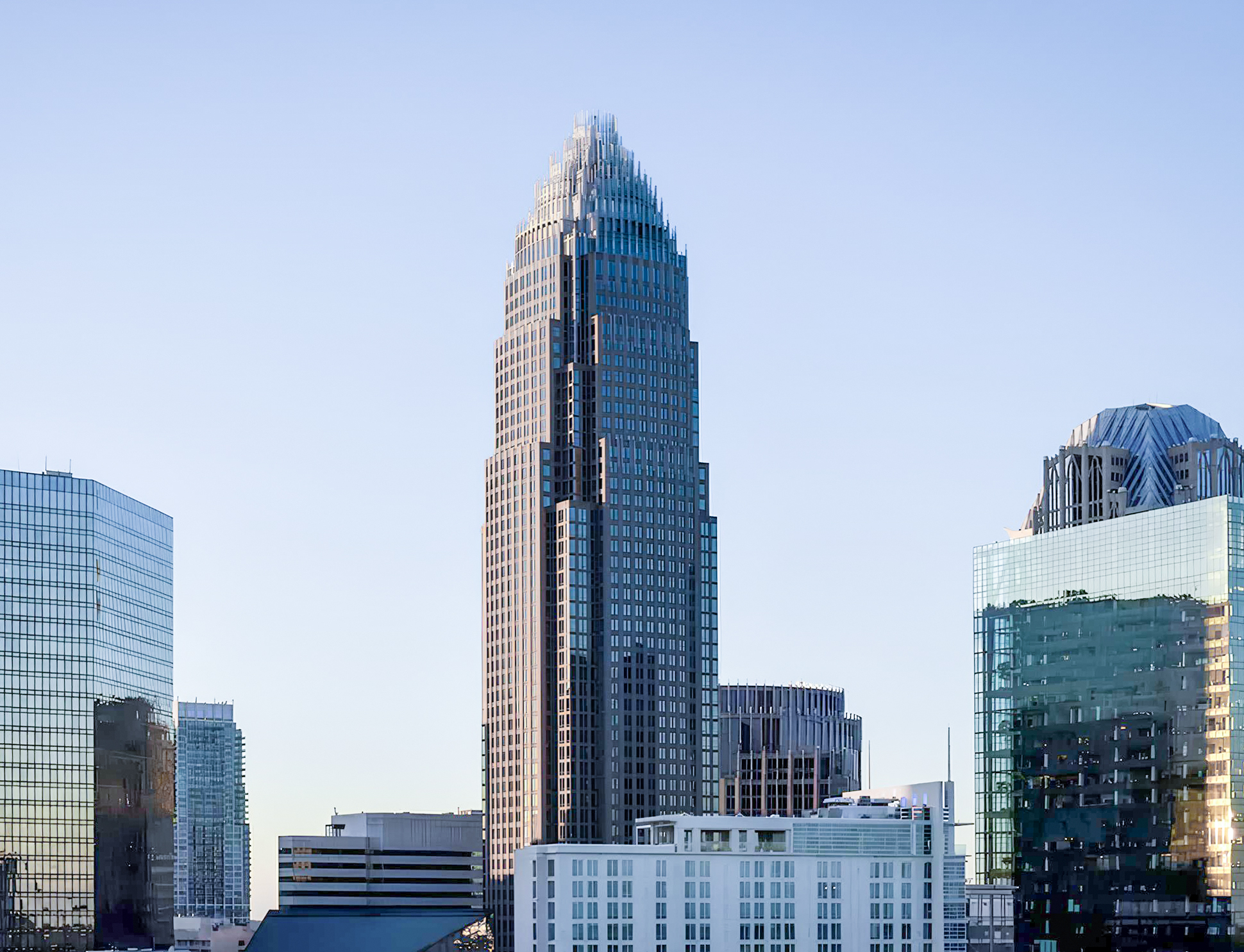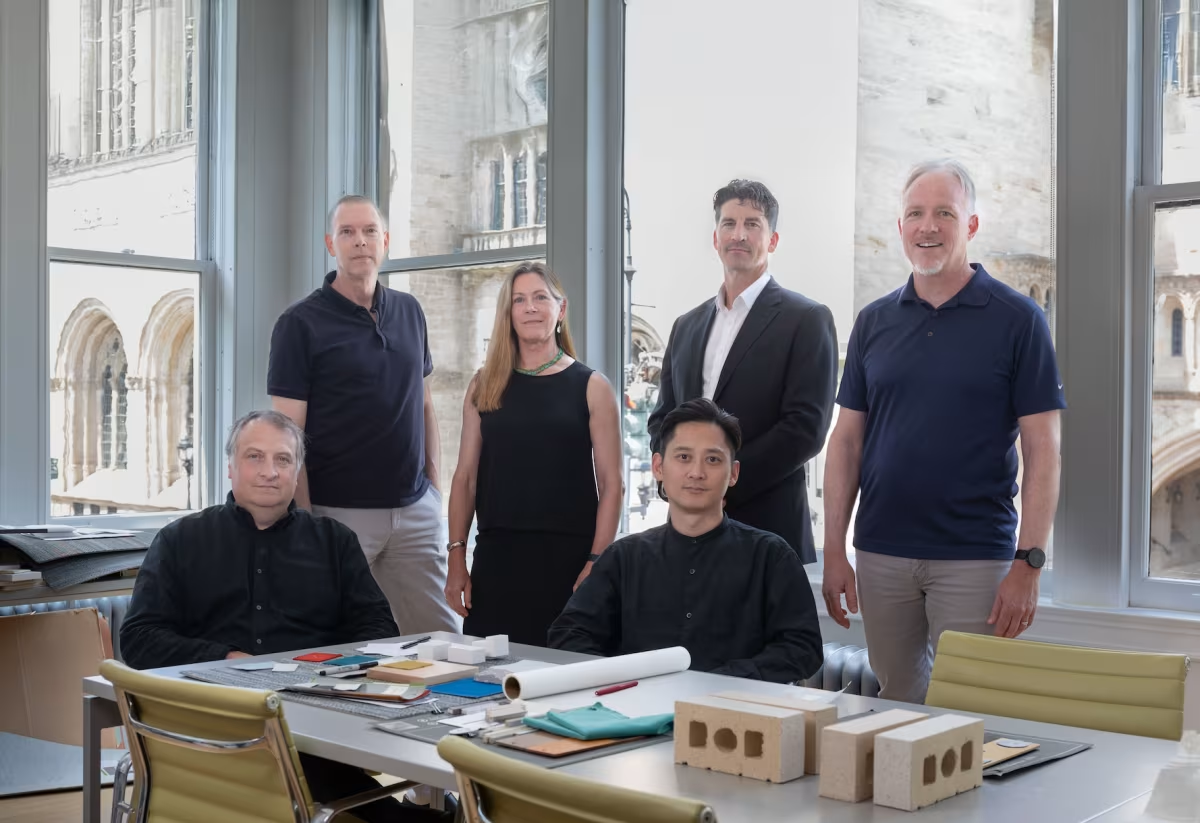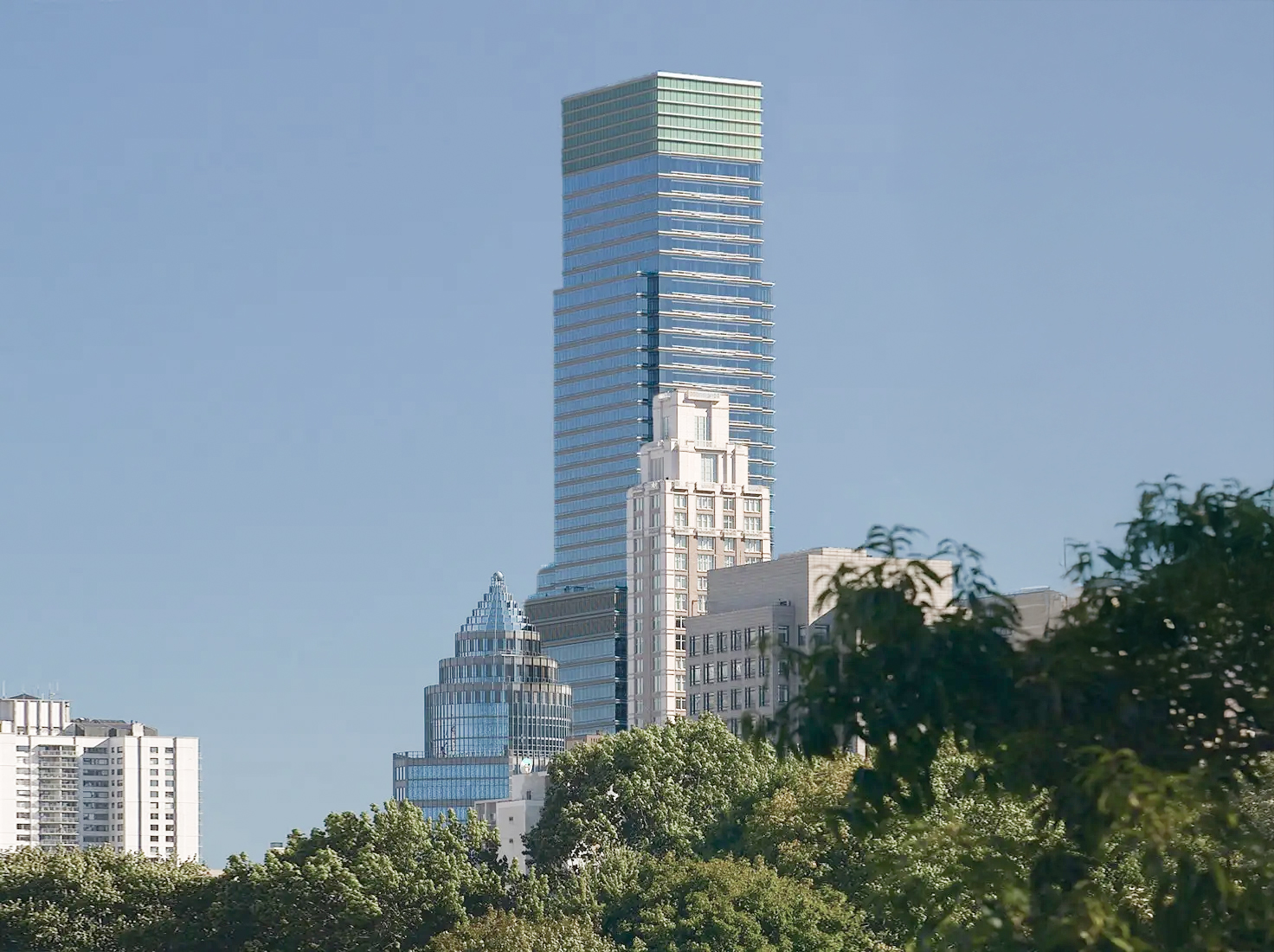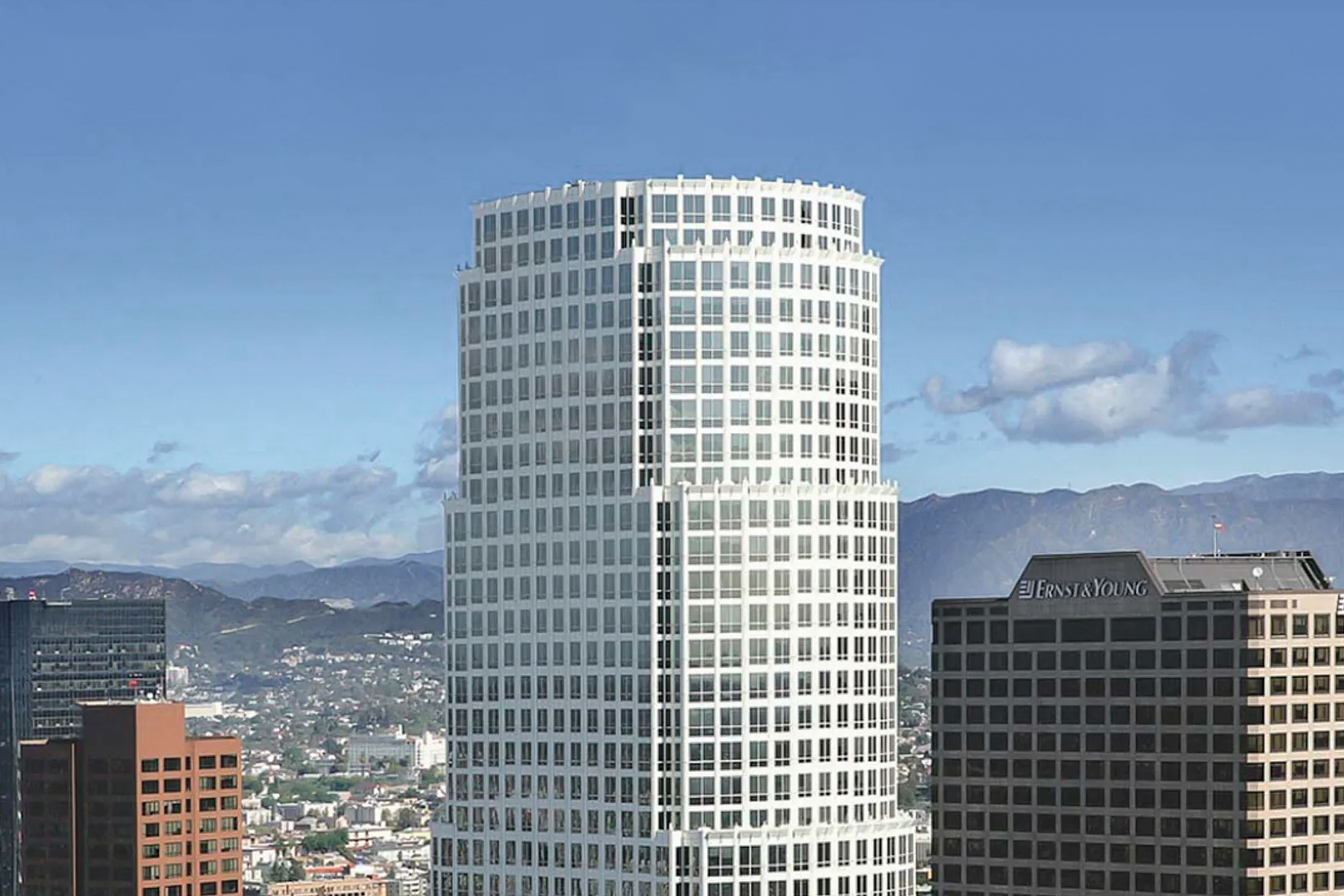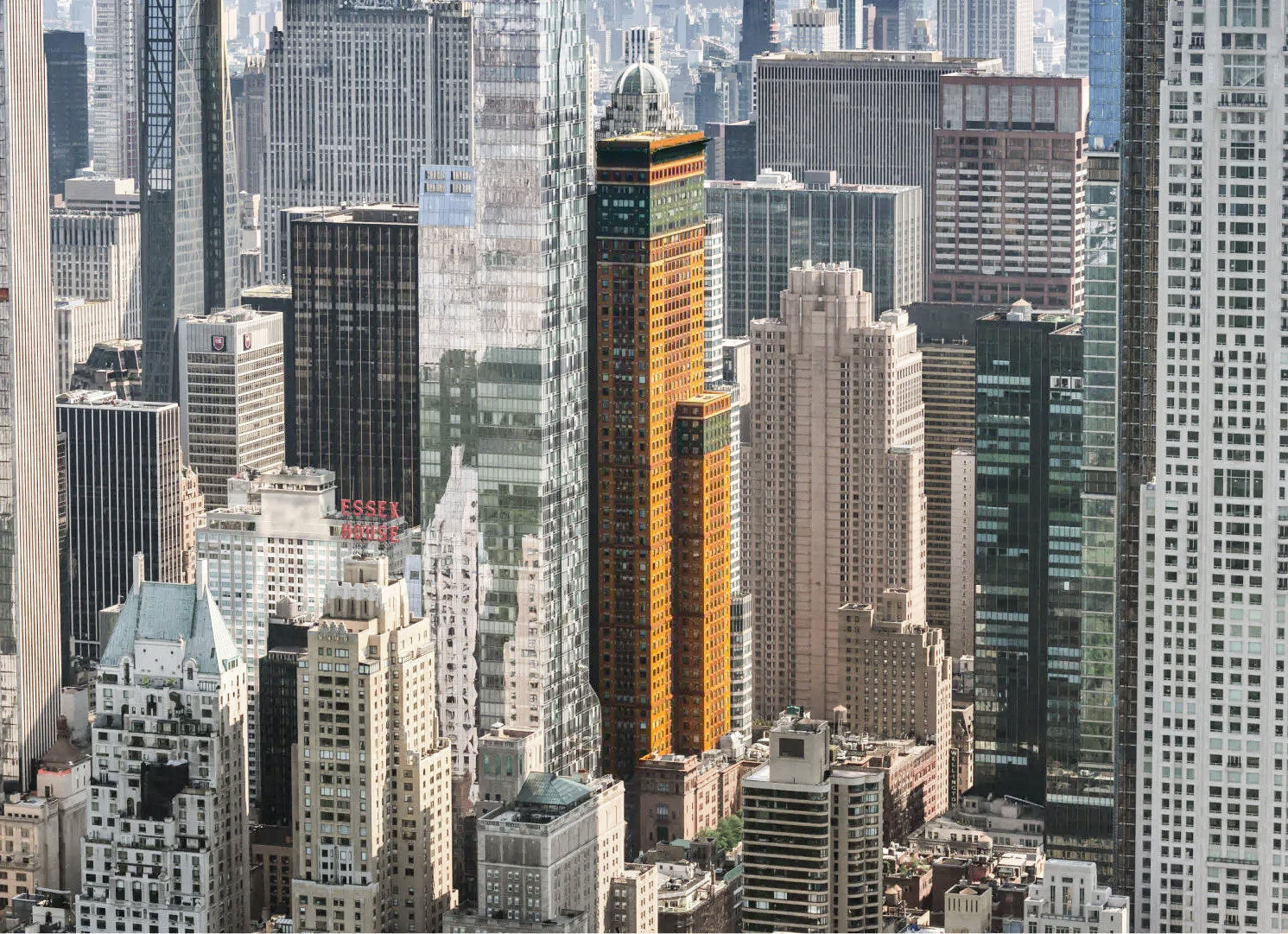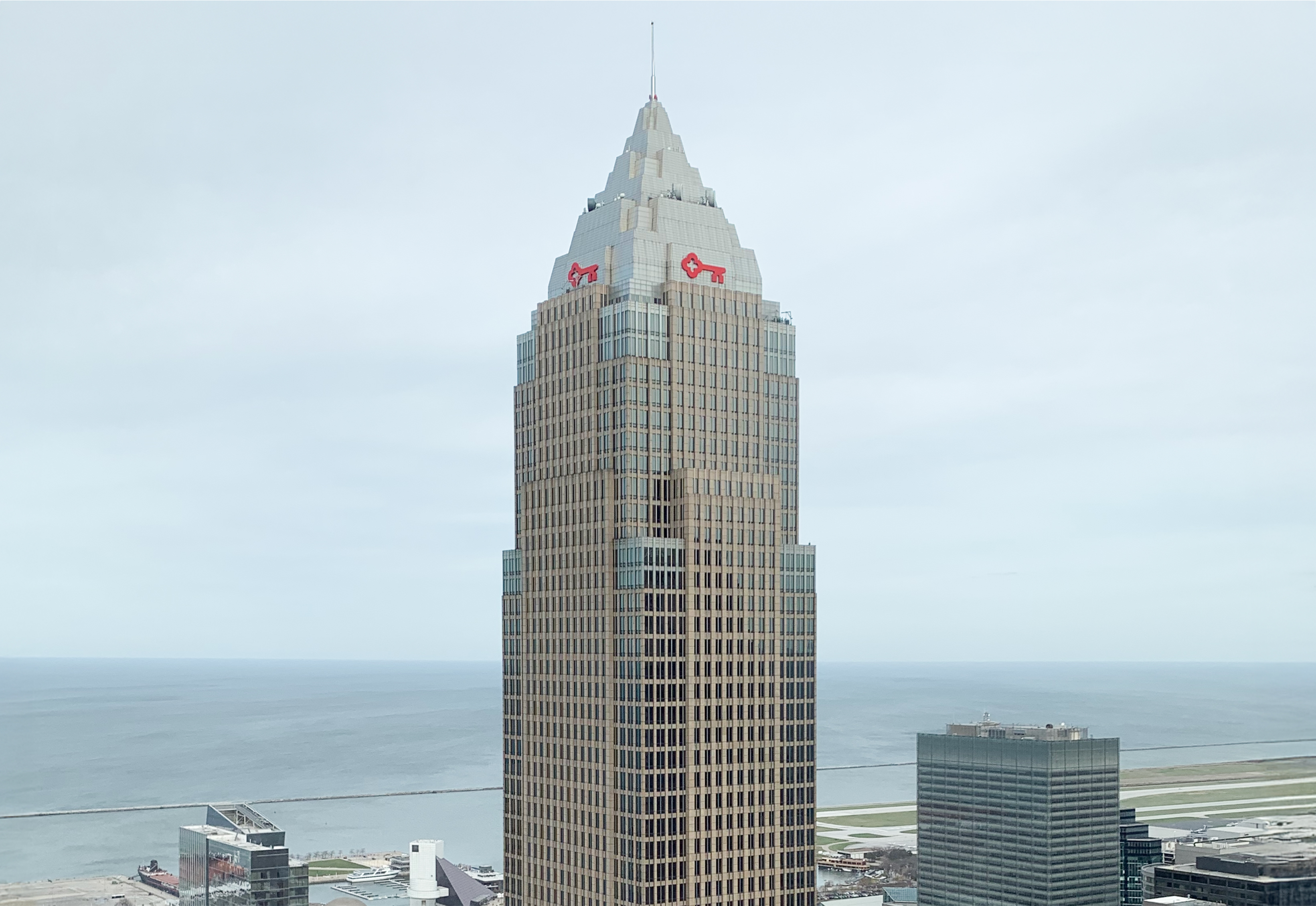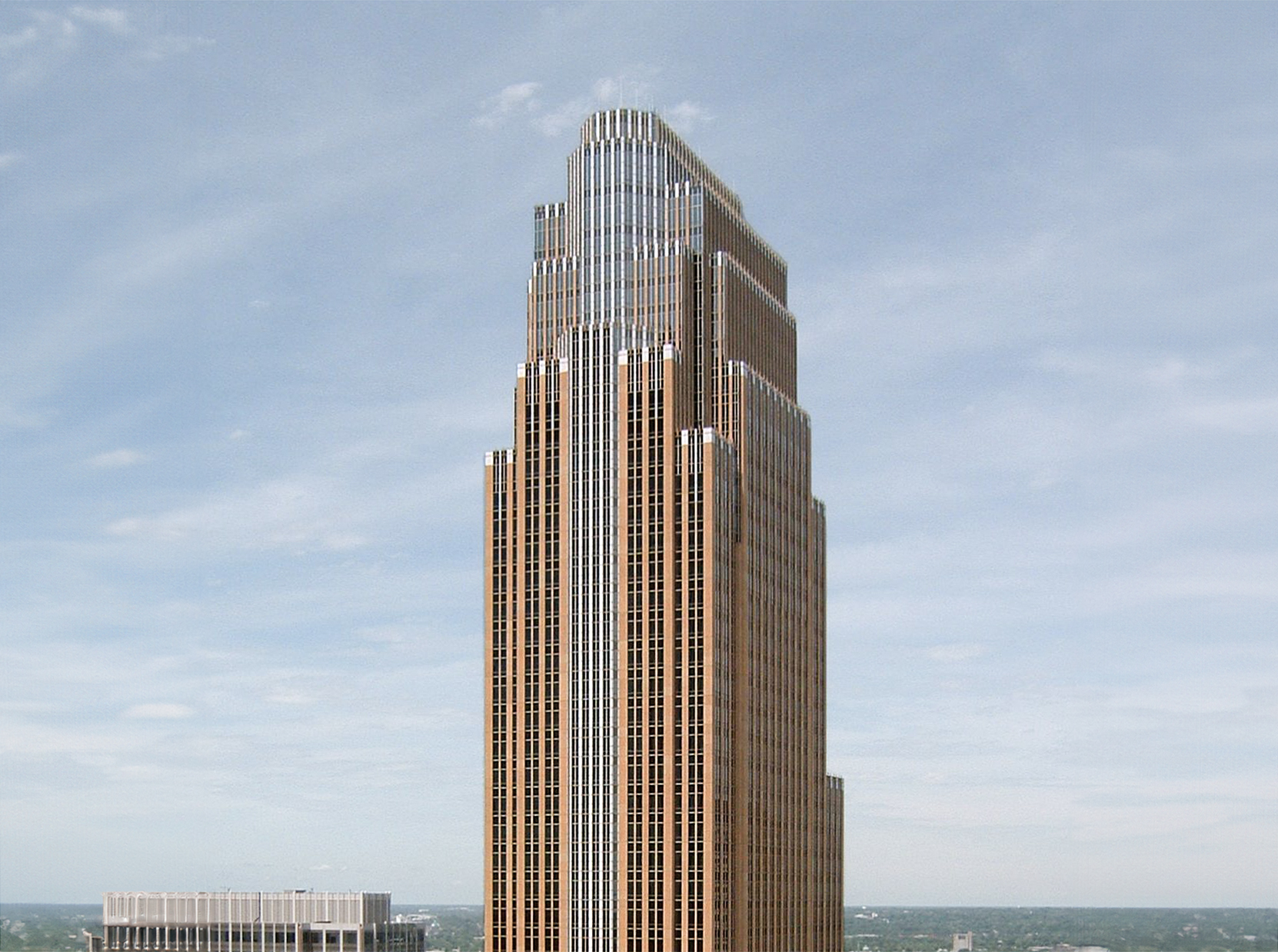The Bank of America Corporate Center is a Postmodernist skyscraper designed between 1987 and 1988 by César Pelli & Associates, in association with HKS Architects, and built between 1989 and 1992, for a reported $122 million dollars, in Charlotte, NC.
Bank of America Corporate Center is not the only name you might know this building by though. It is common for companies to want to attach their names to iconic buildings when they move in, or for the general public to come up with nicknames, and this one is no exception. The Bank of America Corporate Center is also known, or has been known as, Bank of America, or Taj McColl.
Its precise street address is 100 North Tryon Street, Charlotte, NC. You can also find it on the map here.
In 1993 the Bank of America Corporate Center was awarded with the ACEC National Award for Engineering Excellence.
In the building's lobby, there are three frescoes designed by artist Ben Long. Although independent, the three frescoes are interconnected. The artist chose three themes: chaos-creativity, planning-knowledge, and mind-knowledge. Each fresco measures approximately 5.5 by 7 meters..
